The Journey Continues in Ft. Kochi, Kerala, India
From North Malé Atoll, our India 2016 Transformative Journey heads northeast to Kerala, India, “God’s own country.” We’ll fly from Malé International Airport to Cochin International Airport, where our final destination is Fort Kochi. This is where those of you who are taking the India-only option will join us for the balance of the tour.
The overarching theme of our India 2016 Transformative Journey is balance through alternating currents – pairing excitement, adventure, outer exploration, and the hustle and bustle of the modern world with relaxation, tranquility, personal attention and care, inner exploration, and rest. While Maldives gives us mostly relaxation, Fort Kochi will provide a bit of an urban experience, but one steeped in history. Relax, breathe deep, and step out in soft cotton shoes and a straw hat. At each and every nook of this island, something amusing awaits you. Fort Kochi is a world of its own, retaining architectural and cultural specimens of a bygone era, and still proud to wear them all.
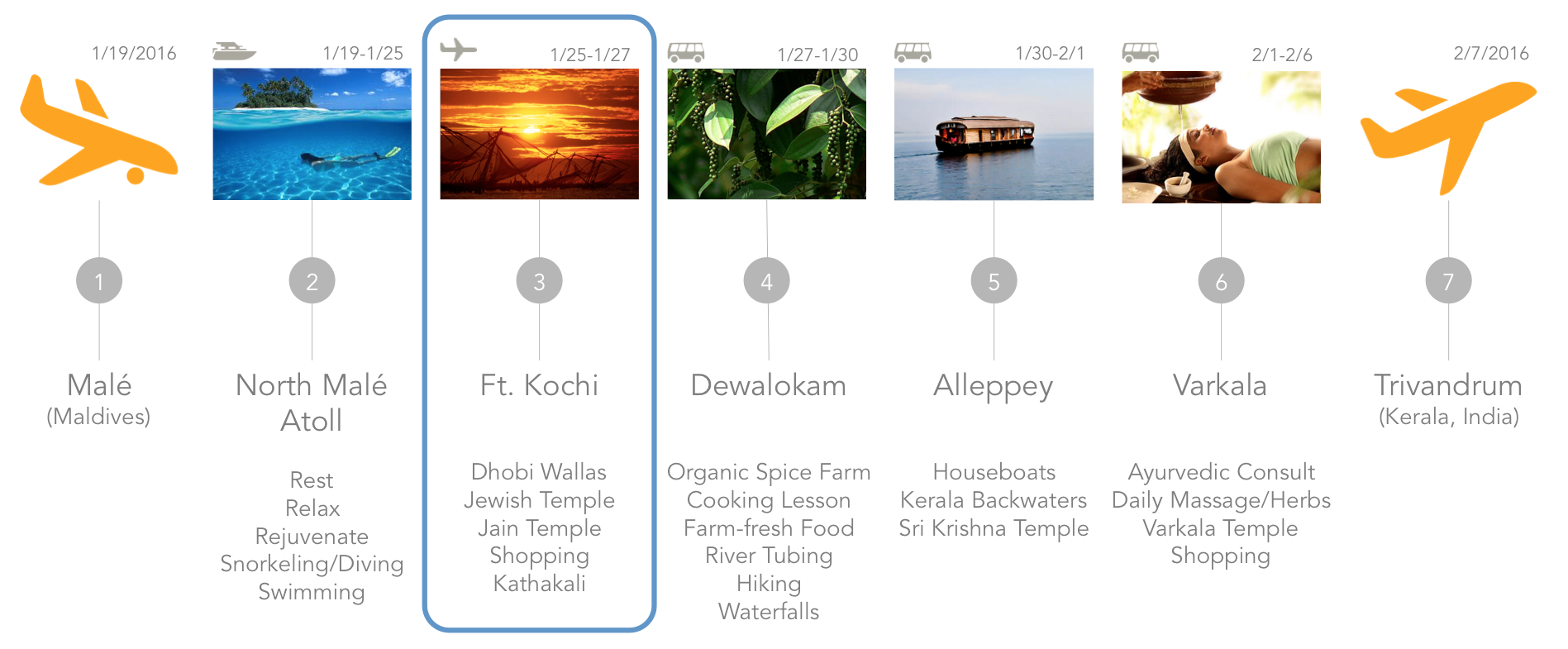
Our full India 2016 Transformative Journey runs from January 19, 2016 through February 7, 2016. A shorter option is also available starting January 25, 2016 in Ft. Kochi.
Kerala and Ft. Kochi Geography
With the Arabian Sea in the west, the Western Ghats towering 500-2700 m in the east and networked by forty-four rivers, Kerala enjoys diverse geographical features. Kerala is divided into three geographical regions: Highlands, which slope down from the Western Ghats onto the midlands of undulating hills and valleys into an unbroken coastline with many picturesque backwaters, interconnected with canals and rivers. The Western Ghats are no more than 120 kms from the sea.
Bestowed with a pleasant and equable climate throughout the year, Kerala is a tropical land with the coast running down its entire length and the Western Ghats forming a protective barrier against the dry winds from up north. The monsoons (June-September & October-November) and summer (February-May) are the seasons markedly experienced here, while winter is only a slight drop in temperature from the normal range of 28-32°C (82-90°F).
Ft. Kochi is located on the southwest coast of India, in the southern part of Kerala. The city lies at the sea mouth of seven major rivers which start from the Western Ghats and travel through Kerala’s midlands, lowlands, and coastal areas, to drain out into the Arabian sea. Most of the islands of Kochi are very small, varying in extent from 4 square miles (10km2) to less than a square mile.
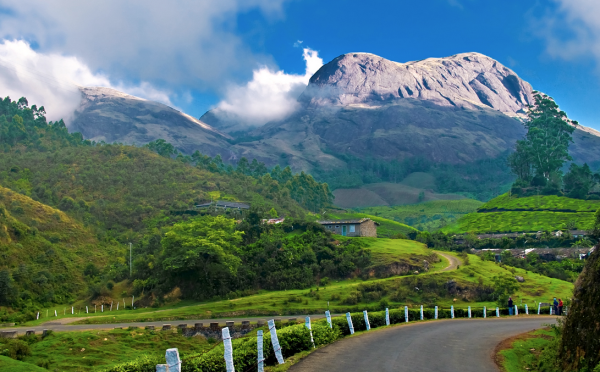
Munnar Hill Station, Kerala
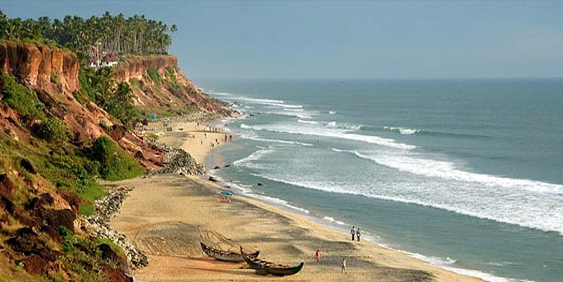
Fort Kochi Beach
Cochin Culture

Sitting in the middle of the primary east-west spice trade route between Asia, Africa, and Europe, Kochi’s culture was enriched by successive waves of migration over several millennia. The city once had a large Jewish community known as the Malabar Yehuden, and now as Cochin Jews. A large Syrian Orthodox Christian community was prevalent in Kochi for a long time, and later replaced by Roman Catholicism when the Portuguese arrived in the 17th centurty. Today, Kochi has a diverse, multicultural, and secular community consisting of Hindus, Christians, Muslims, Jains, Sikhs, Konkanis, and Buddhists, among other renomations. The population represents a mix of people from all parts of Kerala and most of India.
In keeping with its multi-ethnic diaspora, Kochi celebrates traditional Kerala festivals like Onam and Vishu, along with North Indian festivals like Holi and Diwali with great fervour. Christian and Islamic festivals such as Christmas, Easter, Eid ul-Fitr, Milad-e-sherif, and others are also celebrated.
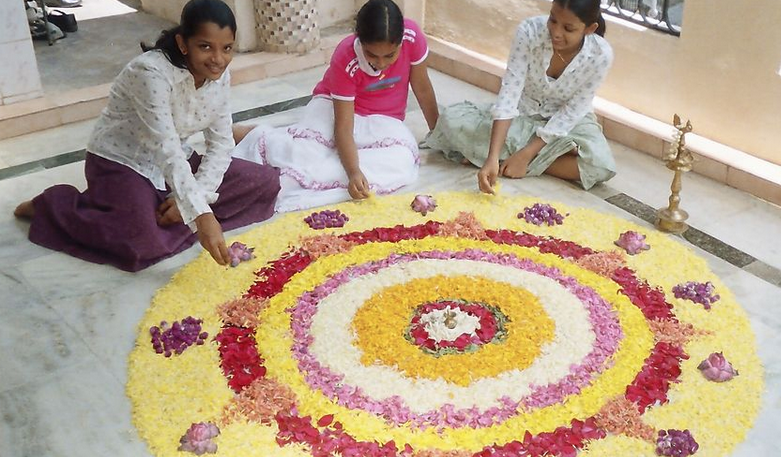
Children making traditional pookkalam during the Hindu festival Onam
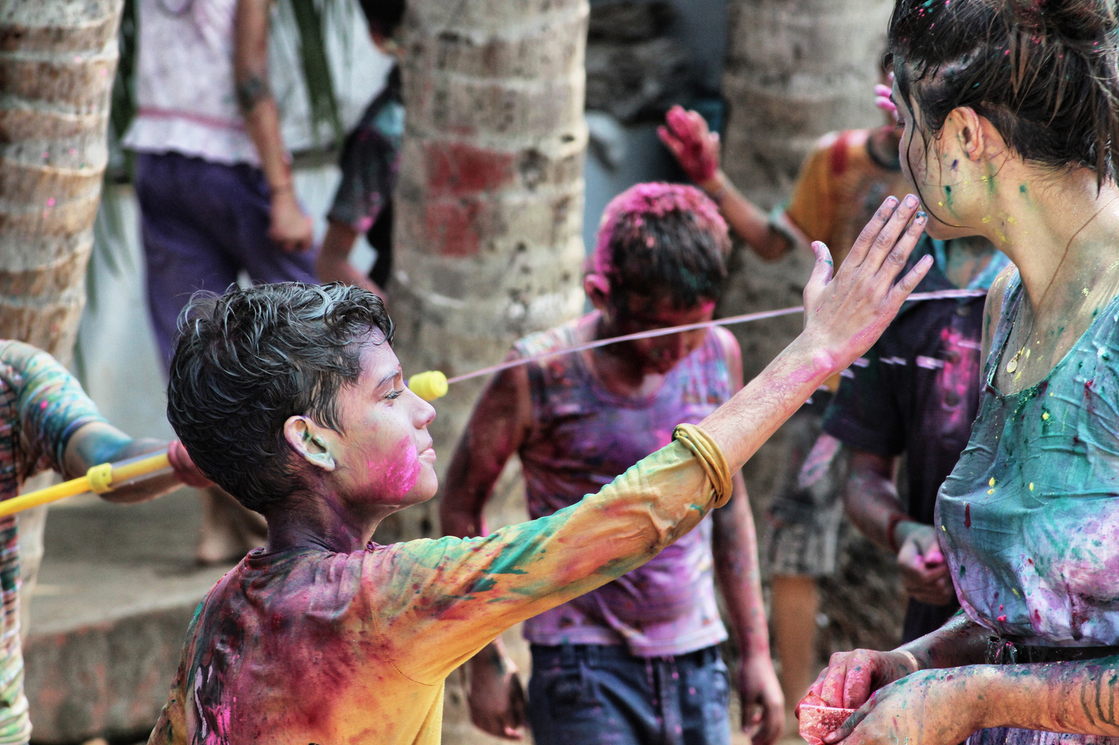
Although not as widely celebrated as in Northern India, Holi is still a festival of color in Kochi
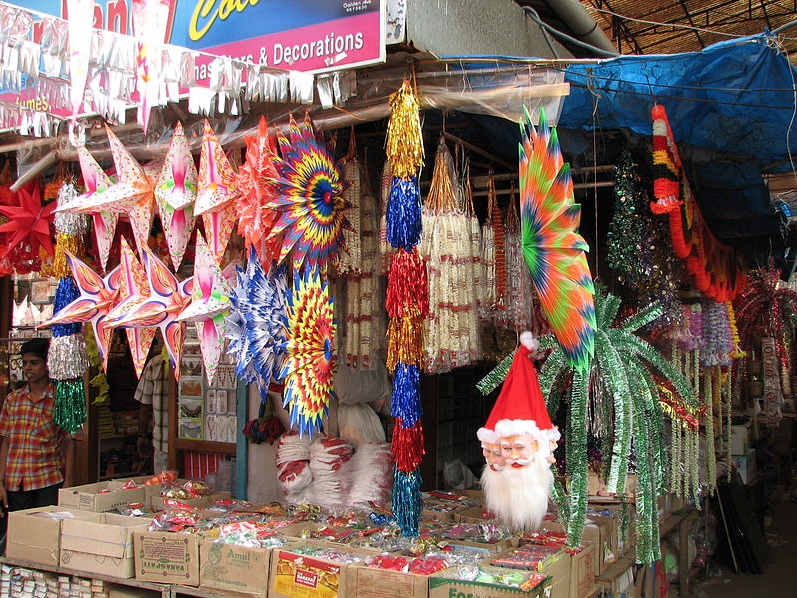
Christmas decorations for sale in Kochi
Fort Kochi History
Kerala’s history is closely linked with its commerce, which until recent times revolved around its spice trade. Celebrated as the Spice Coast of India, ancient Kerala played host to travellers and traders from across the world including the Greeks, Romans, Arabs, Chinese, Portuguese, Dutch, French and the British. Almost all of them have left their imprint on this land in some form or the other – architecture, cuisine, literature.
Arabian and Chinese traders sources spices, especially pepper, cinnamon, cardamom, cloves, and sandlewood, from the Kochi region. Cultivation and trade of these valuable goods shaped the history of the region. The Arabian traders were the first to know about these spices, and they carried the highly desirable merchandize to Europe. Centuries later, they were followed by the Portuguese, then the Dutch, and finally the British. Kochi was the epicenter of Indian spice trade route for centuries, earning this significant position on the world trading map after the port at Kodungallur (Cranganore) was destroyed by massive flooding of the river Periyar in 1341.
The earliest documented references to Kochi occur in the books written by Chinese voyager Ma Huan, during his visit to Kochi in the 15th century as part of the treasure fleet of Admiral Zheng He. There are also references to Kochi in accounts written by Italiand traveller Niccolo Da Conti, who visited Kochi in 1440.
The territory eventually became known as Fort Kochi, after it was granted to the Portuguese in 1503 by the Rajah of Kochi, after the forces of Afonso de Albuquerque helped him fighting the forces of Saamoothiri of Kozhikode. The Rajah gave them permission to build Fort Emmanuel near the waterfront to protect their commercial interests. The first part of the name “Fort Kochi” comes from this fort, which the Dutch later destroyed. The Portuguese built their settlement behind the fort, including a wooden church, which was rebuilt in 1516 as the permanent structure known today as St. Francis Church.
Fort Kochi remained in Portugese possession for 160 years. In 1683, the Dutch captured the territory from the Portuguese, destroying many Portuguese institutions, including the Catholic convents. The Dutch held Fort Kochi in their possession for 112 years until 1795, when the British took control by defeating the Dutch. Foreign control of Fort Kochi ended in 1947, with the Indian independence.
Today, Kochi is the commercial hub of Kerala, and one of the fastest growning second-tier metros in India.

Mattancherry Palace-temple, which was built during the Portuguese period by the Cochin Raja Veera Kerala Varma

The Bolgatty Palace, built in 1744, by Dutch traders, is one of the oldest existing Dutch palaces outside of the Netherlands
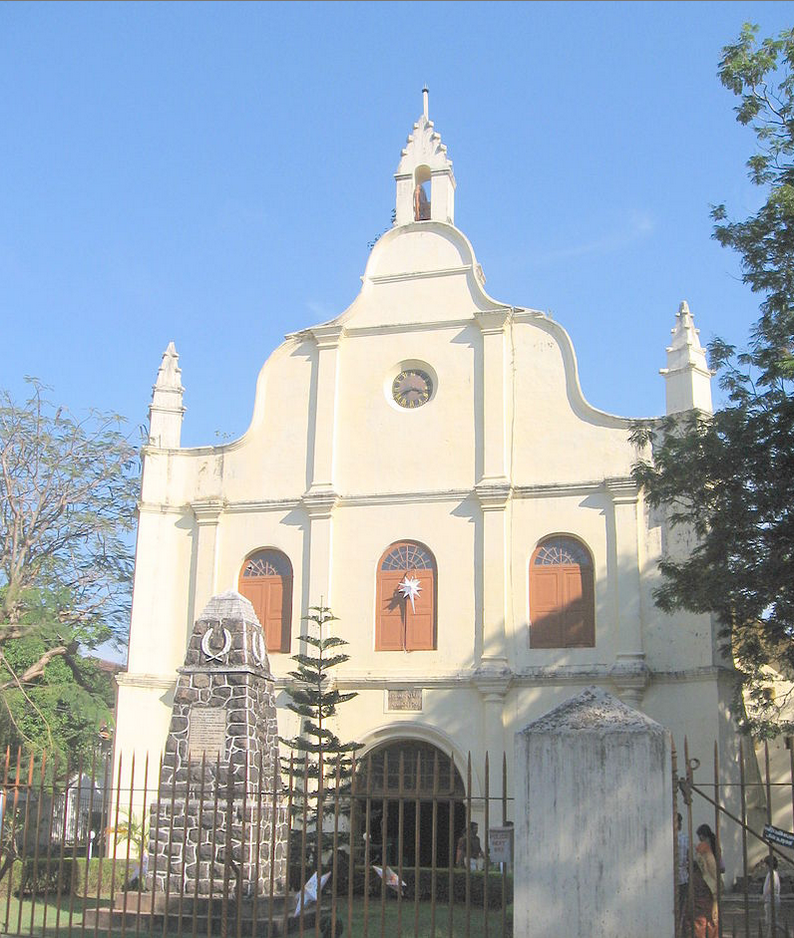
St. Francis Church, originally built in 1503, is the oldest European church in India. The Portuguese explorer Vasco de Gama was buried here for 14 years before his remains were removed to Lisbon in 1538.
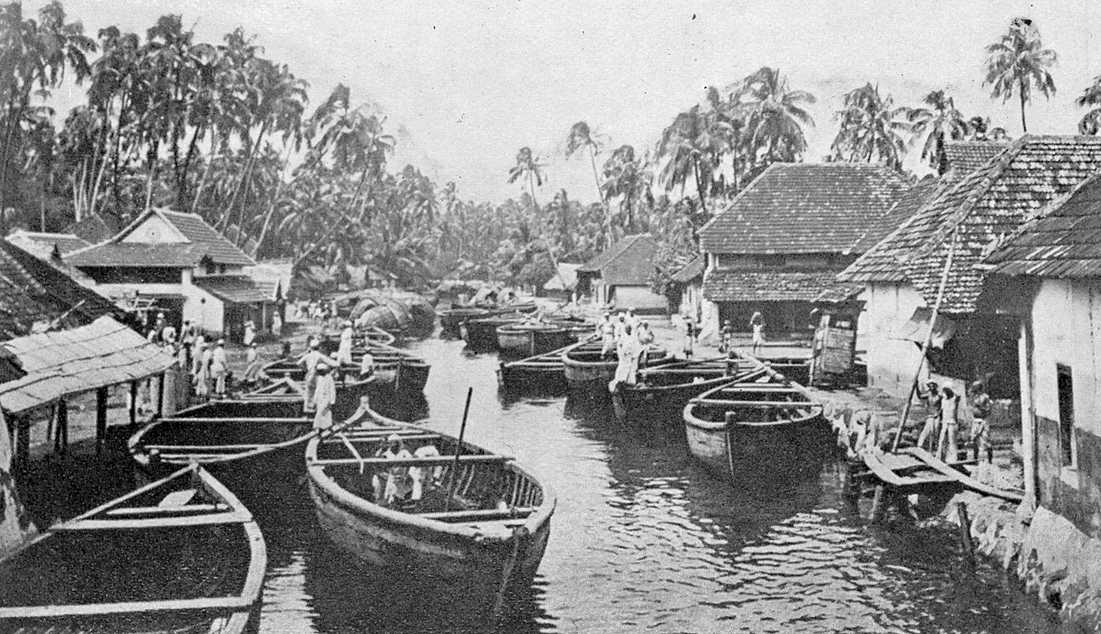
A canal through Cochin in colonial times (circa 1912)
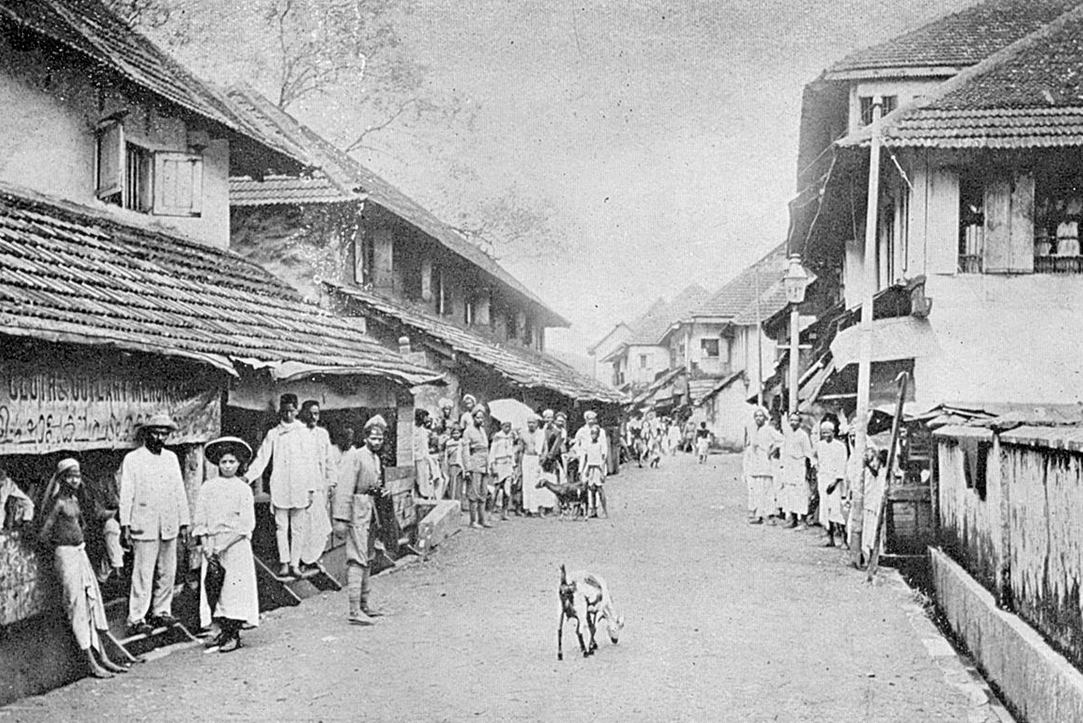
Street scene from Cochin during colonial times (circa 1912)
What to Do While You’re Here?
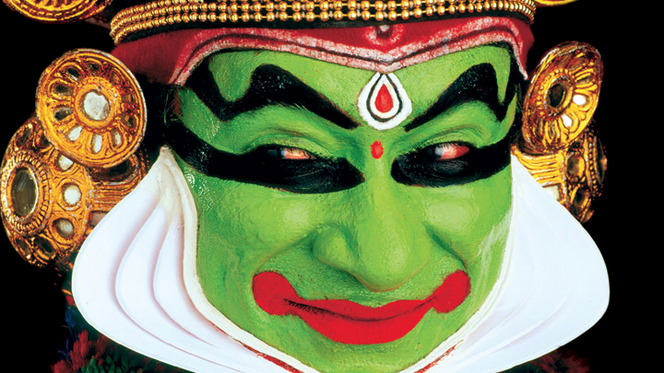
Kathakali
Kathakali is a stylized classical Indian dance-drama noted for its extravagent facial make-up, elaborate costumes, detailed gestures, and well-defined body movements. These are presented in tune with the anchor playback music and complementary persussion. We’ll take in a Kathakali performance while we’re in Fort Kochi.
Check out this Kathakali video, courtesy of Keralatourism.org
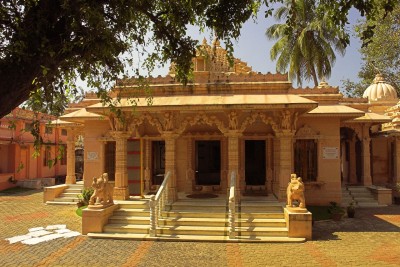
Jain Temple
The Dharmanath Jain Temple is situated at Mattancherry in the western part of Kochi city. Dharmanath Temple of Cochin is said to be hundred years old and one of major holy shrines for the Jain community in Kerala. We’ll tour this temple during our stay in Kochi.
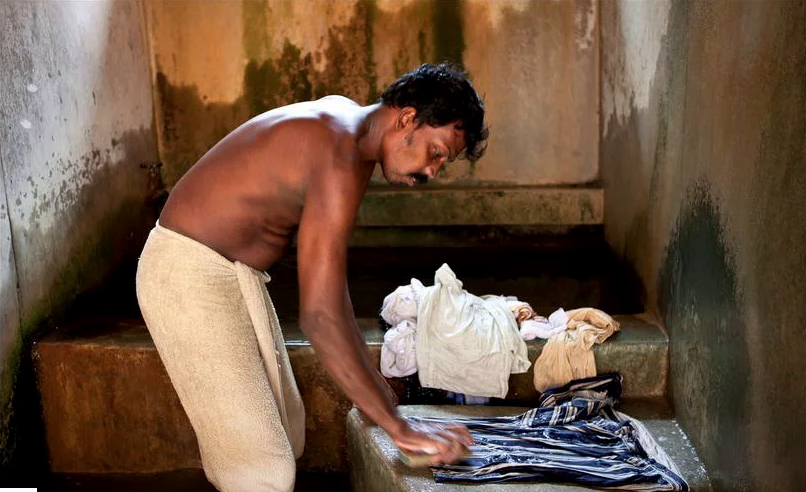
Dhobi Khana
Tucked away in a corner of the Veli maidan in Fort Kochi, a group of laundry washers – dhobi wallas – continue to toil as they have done for more than half a century. Their ancestry can barely be traced except for a few who believe they belong to some remote village in Tamil Nadu, while others are hardly aware of a world outside Fort Kochi. Yet, with undaunted enthusiasm they narrate an old story that has been passed down the generations. We’ll visit Dhobi Khana and learn more about this occupational caste found throughout India.

Paradesi Synagogue
The Paradesi Synagogue is the oldest active synagogue in India, and in fact in the Commonwealth of Nations (formerly the British Commonwealth of Nations). Located in Kochi, it was constructed in 1567, and is one of seven synagogues of the Cochin Jewish community. Paradesi is a word used in several Indian languages, and quite literally means “foreigners.” The name was applied to the synagogue as it was built by Sephardic or Spanish-speaking Jews, some of them from families exiled in Aleppo, Safed, and other West Asian localities. It is also referred to as the Cochin Jewish Synagogue or the Mattancherry Synagogue. We will tour this historic facility while in Kochi.
In Need of Some Balance in Your Life?
Find out more about our India 2016 Transformative Journey that kicks off in the Maldives.
And look for more posts here in coming weeks with detailed information about the other stopping points on our trip.

